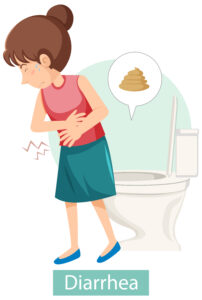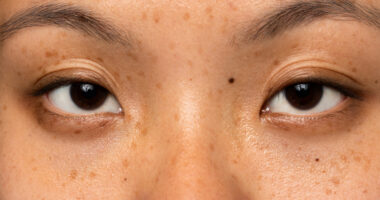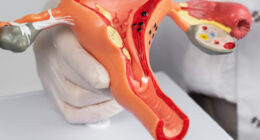Rotavirus (RV) is a highly contagious virus that primarily affects infants and young children, causing severe gastroenteritis. Globally, rotavirus remains a leading cause of severe diarrhoea among children under five, leading to significant hospitalizations and, in severe cases, fatalities. Understanding rotavirus, its symptoms, prevention, and treatment is crucial for parents and caregivers to safeguard their children’s health.
What is Rotavirus?
Rotavirus is a double-stranded RNA virus that belongs to the Reoviridae family. It spreads through the fecal-oral route, typically via contaminated hands, surfaces, food, or water. The virus is highly resilient, surviving on surfaces for extended periods, making it particularly challenging to control in communal environments such as daycare centres and schools.
Symptoms of Rotavirus
The symptoms of rotavirus infection typically appear within two days of exposure and can range from mild to severe. Common symptoms include:
Severe Diarrhea: This is the most prominent symptom, often leading to dehydration.
Vomiting: Accompanied by diarrhoea, vomiting can contribute significantly to fluid loss.
Fever: Many children experience a fever, which can vary in intensity.
Abdominal Pain: Cramping and discomfort in the stomach area are common.
Loss of Appetite: Children may refuse to eat or drink due to nausea and vomiting.
In severe cases, dehydration can occur rapidly, necessitating urgent medical attention. Signs of dehydration include dry mouth, sunken eyes, lethargy, decreased urination, and, in infants, a sunken fontanelle (soft spot on the head).

Prevention of Rotavirus
Vaccination is the most effective way to prevent rotavirus infection. The rotavirus vaccine is administered orally in multiple doses, starting from 6 weeks of age. There are two main types of rotavirus vaccines available:
RotaTeq (RV5): Given in three doses at 2, 4, and 6 months of age.
Rotarix (RV1): Given in two doses at 2 and 4 months of age.
The vaccine effectively prevents severe rotavirus gastroenteritis, significantly reducing hospitalizations and deaths. Additionally, practising good hygiene can help prevent the spread of the virus:
Hand Washing: Regular hand washing with soap and water, especially after using the bathroom and before eating, is crucial.
Sanitizing Surfaces: Disinfecting surfaces and objects that children frequently touch can help reduce contamination.
Proper Food Handling: Ensuring food and water are clean and safe for consumption can minimize exposure.
Treatment of Rotavirus
There is no specific antiviral treatment for rotavirus. The primary focus is on managing symptoms and preventing dehydration. Key steps include:
Oral Rehydration Solutions (ORS): These solutions contain the right balance of salts and sugars to help rehydrate the body. They are readily available over the counter and should be given frequently in small sips.
Hydration: Encourage the child to drink plenty of fluids. Breastfeeding should continue for infants, as it provides essential hydration and nutrients.
Probiotics: In some cases, probiotics may help restore the natural balance of gut bacteria and reduce the duration of diarrhoea.
Medical Attention: If symptoms are severe or if there are signs of dehydration, seek immediate medical attention. In severe cases, intravenous fluids may be necessary.
Conclusion
Rotavirus is a serious illness that can have significant health impacts on young children. However, with effective vaccination and good hygiene practices, the risks associated with rotavirus can be greatly reduced. Parents and caregivers should ensure their children receive the rotavirus vaccine according to the recommended schedule and remain vigilant in maintaining cleanliness and hygiene.
Understanding the symptoms, prevention, and treatment of rotavirus empowers parents to take proactive steps in protecting their children’s health. By doing so, we can significantly reduce the burden of this preventable illness and ensure a healthier future for our children.









